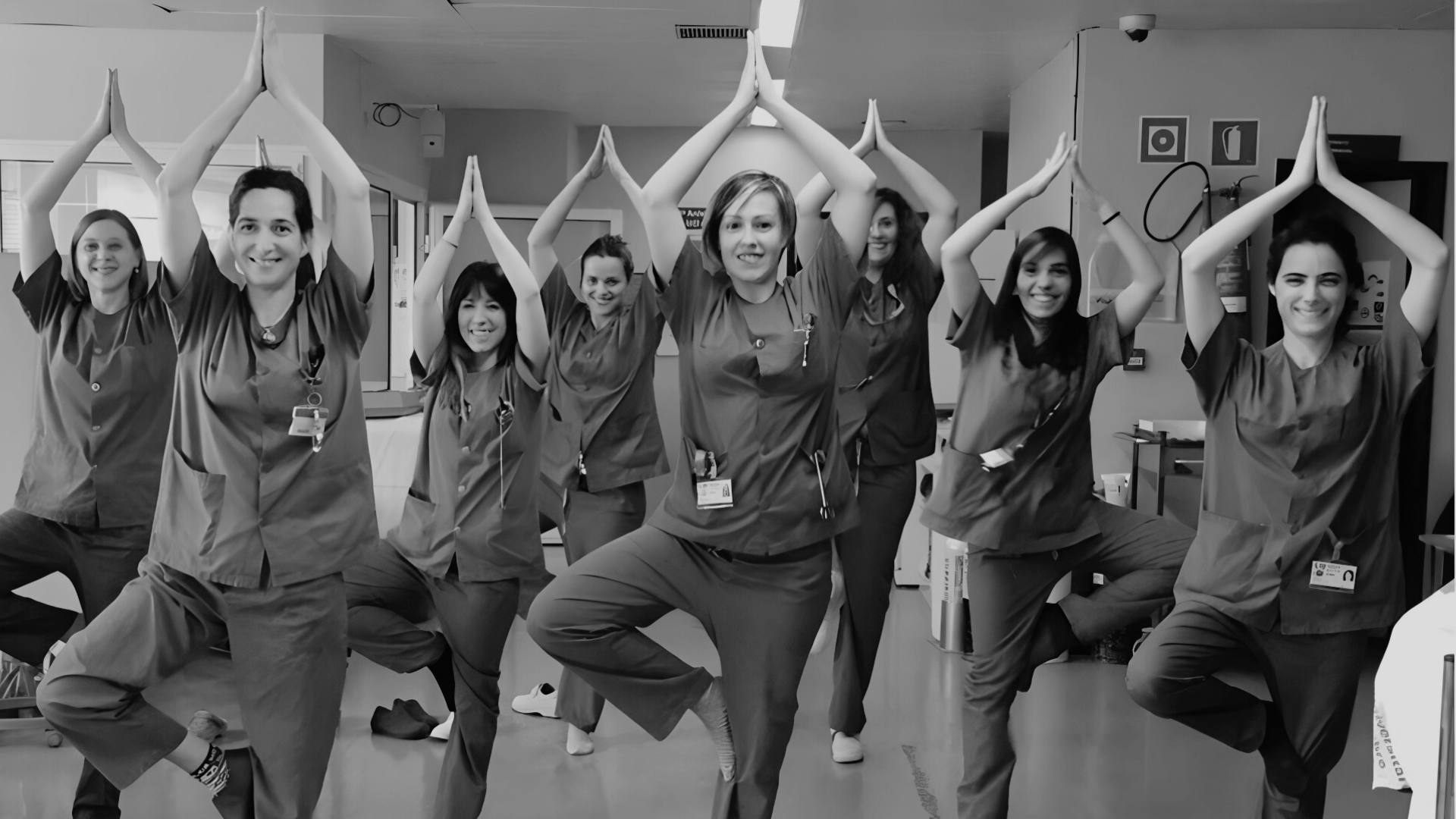Work-Life Balance in 2024: New Strategies for Singapore’s Healthcare Industry
Achieving work-life balance is more important than ever, especially in the fast-paced healthcare industry. In 2024, new strategies are emerging to help employees maintain a healthy balance between work and personal life. These innovative approaches are particularly relevant in Singapore, where the healthcare sector is renowned for its high standards and demanding nature.
Flexible Work Arrangements:

Offering flexible work hours and remote work options can help employees manage their personal and professional responsibilities. In Singapore, healthcare organizations are increasingly adopting flexible work arrangements to accommodate the diverse needs of their staff. This flexibility can lead to increased job satisfaction and reduced burnout. For example, telecommuting and adjustable shifts allow healthcare workers to better balance their commitments, which is crucial in a high-stress environment like healthcare.
Wellness Programs:

Implementing wellness programs that focus on physical and mental health can support employees in maintaining work-life balance. In Singapore, many hospitals and healthcare institutions have introduced comprehensive wellness programs. These might include fitness classes, mental health resources, and stress management workshops. Programs like these not only help in reducing stress but also promote overall well-being among healthcare professionals. Organizations such as Tan Tock Seng Hospital and the National University Hospital have been pioneers in integrating wellness programs into their employee support systems.
Technology Solutions:

Leveraging technology to streamline work processes can reduce workload and improve efficiency. Tools such as project management software and telehealth platforms can help employees manage their tasks more effectively. In Singapore, the adoption of digital health solutions has been robust, with telehealth services becoming a staple in many healthcare settings. Technologies like the Integrated Health Information Systems (IHiS) facilitate efficient patient data management, allowing healthcare workers to focus more on patient care and less on administrative tasks.
Cultural Shifts and Organizational Support:

Promoting a culture that values work-life balance is crucial. Singapore’s healthcare leaders are increasingly recognizing the importance of organizational support in fostering a healthy work-life balance. Initiatives such as flexible leave policies, family-friendly workplace practices, and regular feedback mechanisms can create an environment where employees feel supported in balancing their work and personal lives. Institutions like the Singapore General Hospital have been at the forefront of implementing such cultural shifts, ensuring that their workforce remains motivated and engaged.
Community Engagement and Support Networks:

Building a supportive community within the workplace can greatly enhance work-life balance. Singaporean healthcare institutions often encourage peer support groups and mentorship programs, where experienced professionals can guide and support their colleagues. This sense of community can alleviate the pressures of demanding healthcare roles and provide a network of support for managing stress and achieving balance.
Adopting these strategies can help healthcare organizations in Singapore promote a healthier work-life balance for their employees, leading to improved well-being and job performance. By embracing flexible work arrangements, wellness programs, technology solutions, and supportive workplace cultures, Singapore's healthcare sector can ensure that its workforce remains resilient, satisfied, and productive.
In summary, the healthcare industry in Singapore is poised to lead the way in innovative work-life balance strategies. By implementing these approaches, healthcare organizations can not only enhance employee well-being but also improve the overall quality of patient care, ensuring a healthier and more sustainable future for all.
Sources:
- Ministry of Health Singapore. (n.d.). National Telemedicine Guidelines. Retrieved fromMOH Singapore
- Integrated Health Information Systems. (n.d.). National Electronic Health Record. Retrieved fromIHiS
- HealthTech Innovation Challenge. (n.d.). Encouraging HealthTech Innovations. Retrieved fromHealthTech SG
- National University Hospital. (n.d.). Wellness Programs. Retrieved fromNUH
- Tan Tock Seng Hospital. (n.d.). Employee Wellness. Retrieved fromTTSH
- Singapore General Hospital. (n.d.). Flexible Work Policies. Retrieved fromSGH
- The Straits Times. (2023). Singapore's Telehealth Surge. Retrieved fromThe Straits Times
- The Business Times. (2023). HealthTech Trends in Singapore. Retrieved fromThe Business Times
Read More





